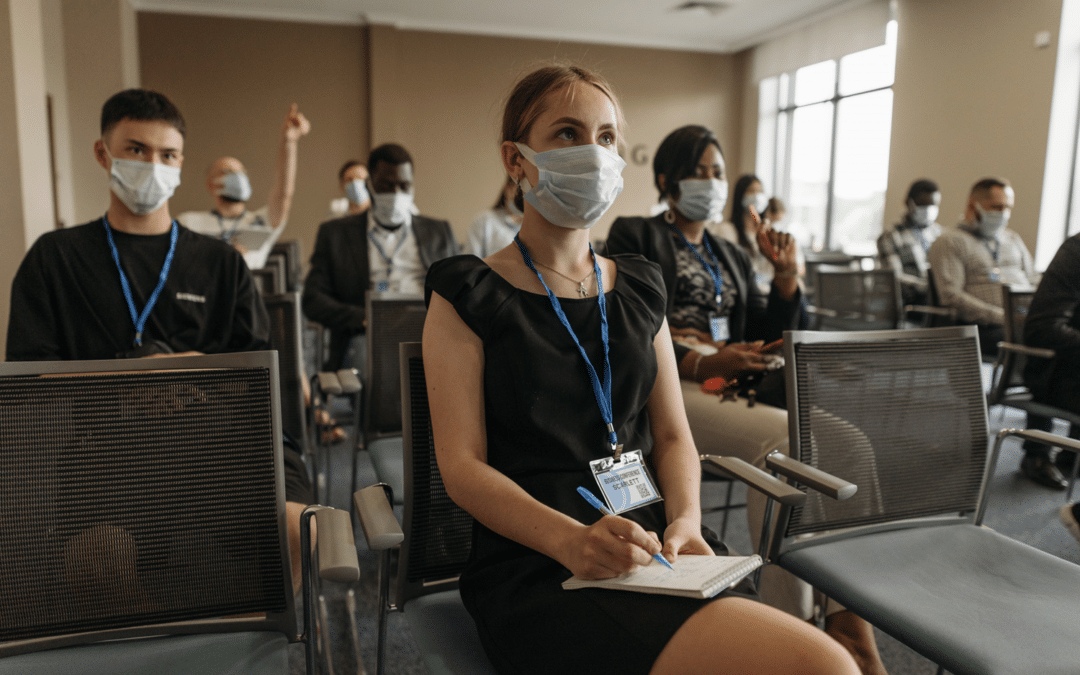Authored by: Pamela Connellan
Recently Dr Neil Nathan, a specialist in chronic illness, spoke at a conference for Integrative Medicine for the Treatment of Tick-borne Disease. He said: “We live in an incredibly toxic world and unless we change things, we could all be sick… those of us who are sick are the canaries in the coal mine.”
With over 44 years of medical practice, Dr Nathan is well-qualified to speak on this subject. He has spent the past 25 years specialising in treating patients with chronic, complex medical illnesses. During the conference, he explained that there are a number of underlying factors which are often the reason why a particular patient does not respond well to treatment.
“There are a number of patients with tick-borne illnesses who are extremely sensitive to any form of treatment,” he said. “They often don’t respond well to the usual protocols or treatments,” He then went on to explain that the ‘biggest offenders’ to healing include people suffering from Bartonella, Mast Cell Activation Syndrome, mould toxicity, porphyria, and methylation Issues.
Dr Neil Nathan, a Board-Certified Family Physician, and a Founding Diplomate of the American Board of Holistic Medicine (now called the American Board of Integrative and Holistic Medicine)
Lyme disease now one of the
fastest-growing infectious diseases
With Lyme disease now one of the fastest-growing infectious diseases worldwide, Dr Nathan’s insights into the complexity of chronic tick-borne infections proved to be of great interest to the doctors and health practitioners at the conference.
Dr Nathan emphasised to the conference attendees that it’s crucial to look for these additional factors which can hinder their patients’ recovery. He noted: “Mould is a major factor and although it’s a difficult problem to treat, I’ve seen many patients recover much more quickly when they address it.”
He said “It’s often difficult for people to move out or remediate their accommodation because that’s their home.” However, in his experience, if a patient is suffering from mould exposure, the first thing they need to do is to address this.
“Bartonella and mould are very similar in some ways – they create a similar picture with similar symptoms,” he added. “It’s best to start treating mould because it’s easier than treating Bartonella.”
Dr Nathan said once mould treatment has been carried out, “the immune system will start working” and then you’ll have much more success treating Bartonella.




